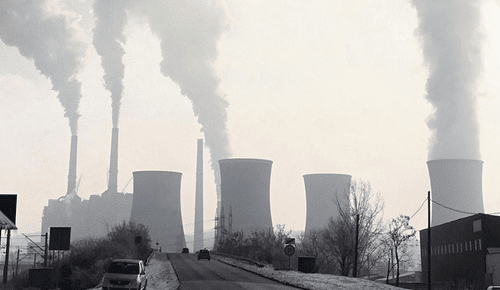
The EU’s executive body on January 22, 2014, outlined its strategy to reduce GHG emissions and shape the bloc’s energy policy by 2030. The proposal includes a binding greenhouse gas reduction target of 40 percent below the 1990 level, an EU-wide binding target of at least 27 percent for renewables’ share of overall energy use while improving energy efficiency.
In a news recently published on Nature, some critics argued that Europe’s proposed energy goals and emissions cuts are still too soft. The 40% reduction target seems in fact to require just a little additional effort to be achieved but appears in line with what is economically feasible nor with what the science says is needed. Many scientists warn about the costs for future generations and claim that the suggested targets are only the minimum effort to tackle climate change.
Moreover, the proposed 40% target might not be enough to meet the EU’s longer-term ambitions of reducing emissions by at least 80% by 2050, according to a study recently published on Climate Change Economics (between the authors involved in the analysis, also the CMCC researcher Enrica De Cian from CIP Division).
“By 2030, it is possible to achieve a 40% emission reduction using existing technologies,” said to Nature Brigitte Knopf, an energy specialist at the Potsdam Institute for Climate Impact Research, in Germany. “But our models suggest that costs might rise sharply after 2040 if we do not incentivize technological innovation by clearly pricing greenhouse-gas emissions. Otherwise, the last step, from 70% or so to almost full decarbonization of the entire economy, could be hard to achieve.”
Read the integral version of the study on Climate Change Economics.


